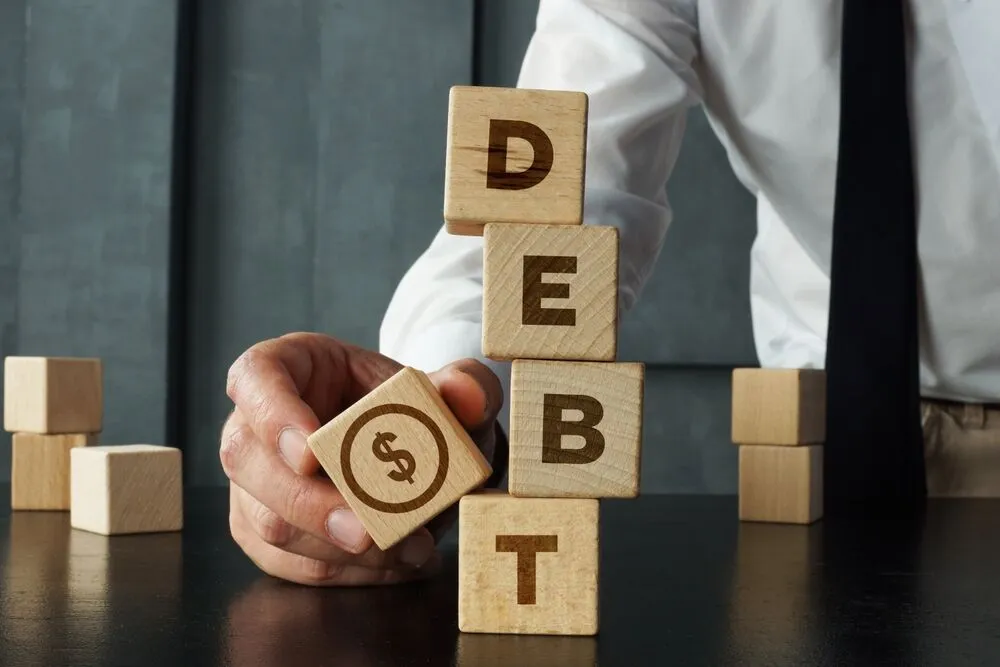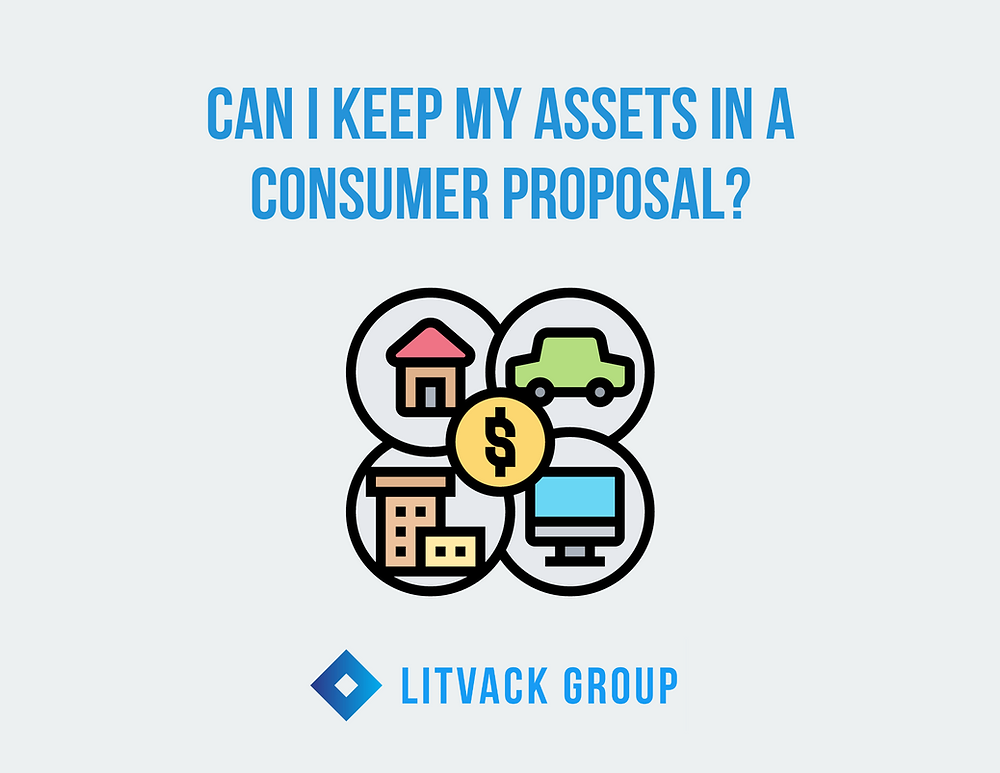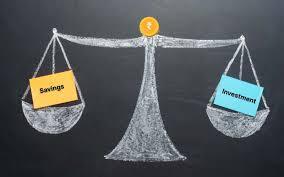There are several significant advantages to a Consumer Proposal. One key benefit is that it provides a clear path to a fresh financial start, free from debt, while allowing you to keep most or all of your assets. This makes it a potentially more attractive option than both Bankruptcy and informal debt solutions.
If you’re wondering what assets you can keep in a Consumer Proposal, your home may be one of them. As long as your mortgage payments are current, you can keep your house. You’ll be expected to pay into the proposal an amount equal to your home’s net equity, adjusted for provincial exemptions, but your home remains yours.
Comparing Debt Solutions
You have various options to tackle your debt—two of which, a Consumer Proposal and Bankruptcy, are legal processes under the Bankruptcy and Insolvency Act. Additionally, there are informal options that you can pursue independently or with the help of a non-profit credit counsellor.

Choosing the best solution depends on how much you owe, what assets you want to keep, and how quickly you’d like to be debt-free.
Consumer Proposal
A Consumer Proposal is a legally binding agreement with unsecured creditors, such as those from credit cards or personal loans, allowing you to pay off your debt over a maximum of five years. Payments are interest-free, and often, you’ll only have to pay back less than half of what you owe.
If you’re wondering what assets you can keep in a Consumer Proposal, the good news is that creditors have no claim on your property. However, the proposal must offer creditors more than they would receive in Bankruptcy.
Bankruptcy
Bankruptcy in Toronto is a legal process that can eliminate most unsecured debts and some secured debts, like mortgages or car loans. For first-time filers, it can help you become debt-free in nine to 21 months. However, you may need to surrender certain assets, such as your home or car, unless you pay a prescribed amount to retain them.

Depending on your income, you may also be required to make surplus income payments. If you are considering this option, consulting with bankruptcy counsellors in Toronto can provide you with the personalized guidance you need to navigate this process and make informed decisions about your financial future.
Informal debt solutions
Informal options include debt management plans, orderly payments of debts, or negotiating directly with creditors to lower your interest rate or payments. These solutions aren’t legally binding and don’t provide guaranteed debt relief. Secured creditors can still repossess assets if payments are missed, but unsecured creditors don’t have claims on your property.
Each of these solutions offers different levels of protection for your assets, with a Consumer Proposal being one of the more favourable options for retaining what you own.
The Meaning of Keeping Assets in a Consumer Proposal

Source:litvackgroup
Unlike Bankruptcy, where your property is used to repay creditors, a Consumer Proposal allows you to keep your assets and repay your debts in cash instead. Many people prefer a Consumer Proposal because it offers more flexibility and less disruption, particularly when it comes to keeping certain assets they might otherwise lose. However, just because you’re allowed to retain assets doesn’t necessarily mean you’ll want to, or that it’s financially feasible.
Home
One of the main concerns for debtors is whether they will lose their homes. With a Consumer Proposal, it’s often possible to keep your home, provided you can afford both your mortgage and proposal payments. If this isn’t the case, selling your home may be necessary, with any proceeds applied to the proposal. If you own your home outright, this won’t be a concern, though you might still consider downsizing to avoid needing a proposal altogether.

In situations of mortgage insolvency in Toronto, the ability to retain your home often depends on how well you can manage both mortgage and debt repayment obligations under the proposal.
Automobile
If you’re asking, “Can I keep my car in a Consumer Proposal?”, the answer is yes, as a Consumer Proposal won’t affect an auto loan. You can keep your car as long as you’re able to maintain both your auto financing payments and the payments required under the Consumer Proposal. However, it’s important to evaluate whether keeping the car is the best financial decision. Selling the car to cover a portion of your proposal might be an option, but keep in mind that cars often lose value faster than the loan is repaid, which could leave you owing more than the sale price. Alternatively, you could return the vehicle to the financing company and include any outstanding debt in the Consumer Proposal.
Personal Assets and Possessions
In a Consumer Proposal, unsecured creditors have no claim to your personal belongings. While you’ll need to disclose your income, assets, and possessions to your Licensed Insolvency Trustee for a fair settlement, you won’t lose your property. Some people opt to sell high-value items, such as jewelry or vacation properties, to help repay their debts, but this is not always required by creditors.
Investments and Savings
Most registered savings plans, such as RRSPs, are protected in a Consumer Proposal. Unlike Bankruptcy, where creditors can access contributions made within the last 12 months, in a Consumer Proposal the entire value of your RRSP is safeguarded. You also won’t be required to liquidate savings or investments, though it’s wise to move funds from any institution where you owe debts, as lenders could use these to offset payments.

Tax Returns, GST Rebates, and Other Government Benefits
You will continue filing annual income tax returns while repaying your proposal. If you owe the Canada Revenue Agency (CRA), they may use a portion of any tax refund to settle your pre-proposal debt. Otherwise, you’ll receive a full refund. Similarly, you will still receive GST rebates and other government benefits like the Child Tax Benefit, Old Age Security, and Canada Pension Plan payments.
If you’re wondering what assets can you keep in a Consumer Proposal, you can generally retain your home, car, personal belongings, investments, and government benefits as long as you meet your repayment obligations.
Conclusion
A Consumer Proposal helps you eliminate unsecured debt while protecting certain assets. Unlike Bankruptcy, you can keep your home if you stay current on mortgage and proposal payments, and your car if the financing doesn’t conflict with the proposal. Personal belongings, RRSPs, stocks, and savings are also protected. Tax refunds and government benefits are yours unless you owe the CRA. When deciding what assets you can keep in a Consumer Proposal, consider which items are essential or could be sold. A Licensed Insolvency Trustee can guide you on the best approach during a consultation.





